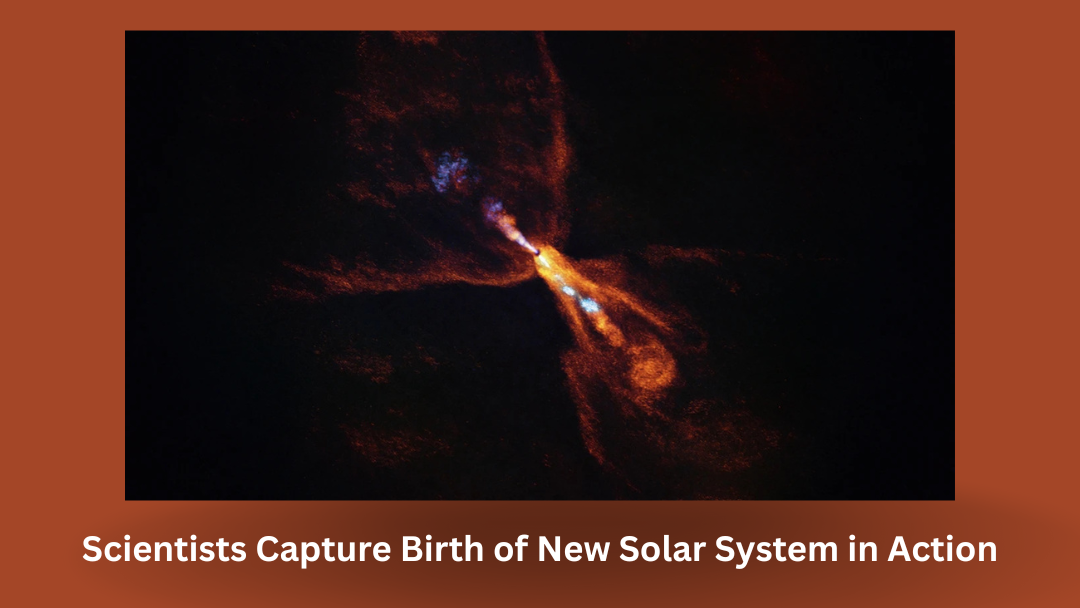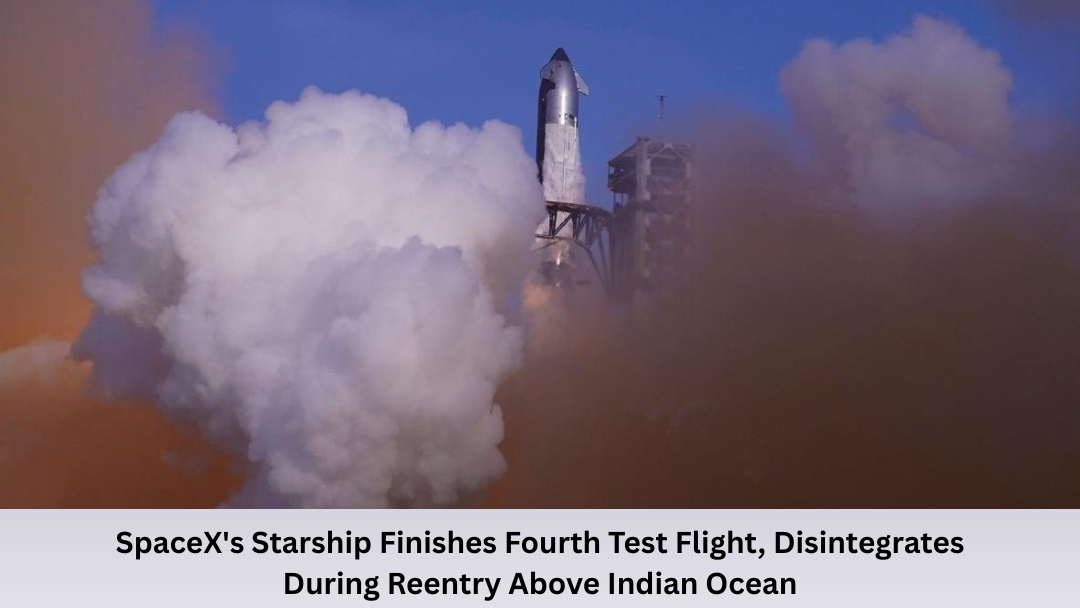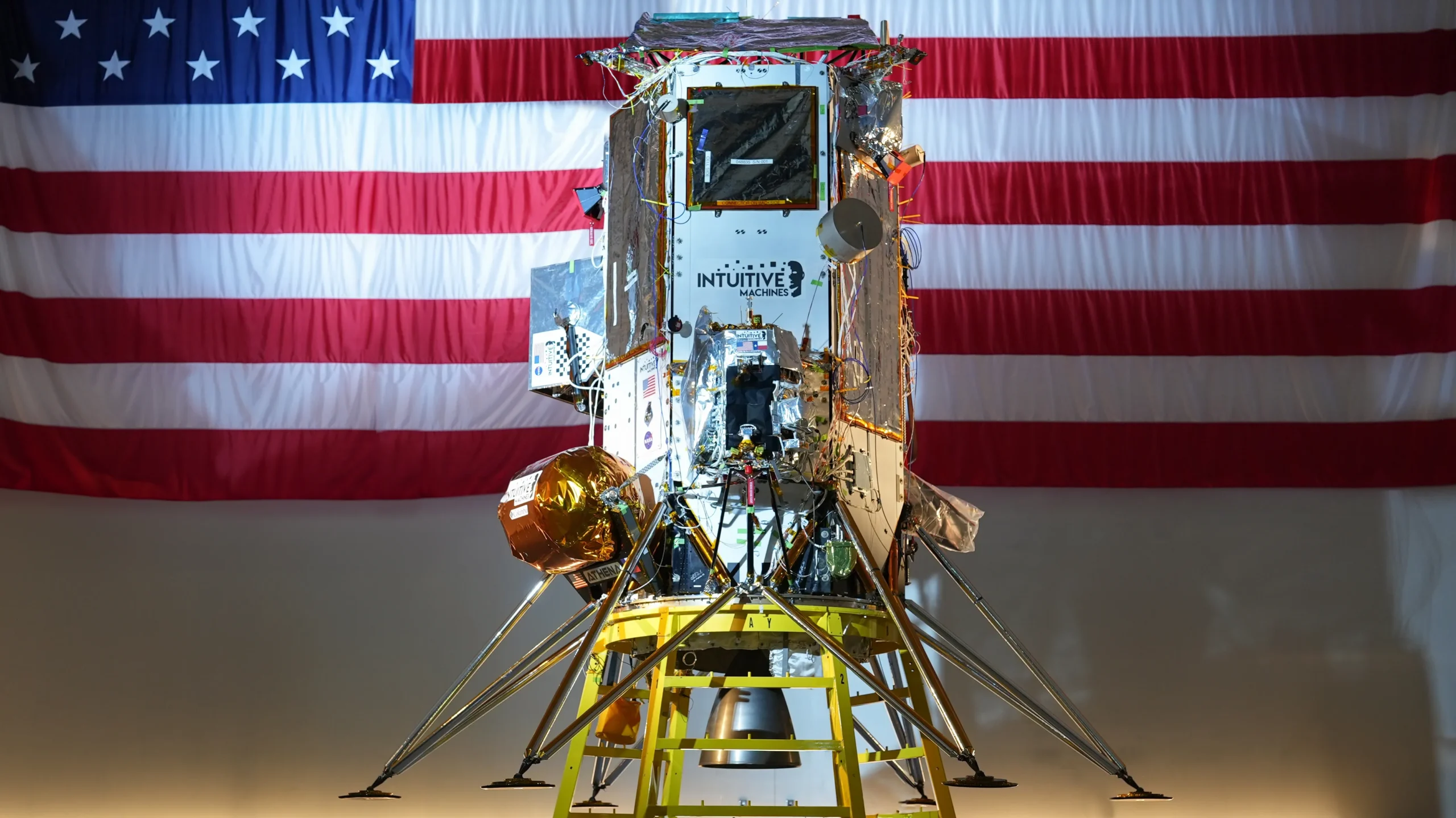For the first time in human history, scientists have successfully captured the real-time images of a solar system-a surprising cosmic event in making billions of years. This success gives us an unprecedented look of how planets, stars, and eventually come out of the clouds of the entire solar system gas and dust.
Using a combination of infrared space telescopes and radio observatories, astronomers have turned a burning protoplanetary disk around a young star into a structured system – what our own solar system would have seen in its early stages.
A cosmic first: Seeing the birth of the world
Astronomers of an international research team announced that they were able to inspect a star system in the early stages of formation, something that has never been documented in such detail before.
About 500 light-year away is surrounded by a dense disk of young stars, gas and dust. Inside this disk, researchers observed spiral patterns and gaps, which are strong indicators of new planets – a process called planetary glory.
The discovery was supported in Chile using the Atakama large millimeter/submilimater array (Alma) and by NASA’s James Web Space Telescope (JWST).
How to form a solar system
The solar system begins in Nebula – huge, cold clouds of gas and dust. Under the force of gravity, some areas collapse and begin to heat up, known as a protostar.
Around this baby star, the remaining material begins to spin and level into a disc. In millions of years, small dust particles collide and stick together, which form the planets, which then become planets, moon and asteroid.
Star: A glimpse in our past
Real -time imagination never like never before
- Rings and arc rotating in protoplanetary discs.
- Bright, warm areas where planets can become.
- The gaps and spiral weapons indicate the gravitational disturbances caused by new planetary bodies.
This level of expansion helps confirm long -lasting principles of the formation of planets and provides evidence that solar systems like us are not unique, but part of a large cosmic instinct.
What does it mean for earth and humanity
This discovery is not only for scientists and astronomers – it explains how we understand our place in the universe.
- It supports the principle that the formation of planets is common, which may mean that life-bearing planets can also be more abundant.
- It opens the doors for further studies in exoplanets, habitat and even intersteler travel.
- It encourages new techniques in astronomy, space exploration and data analysis.
In addition, the study philosopher and spiritual thought how everything started, from atoms to a conscious life.
Looking forward: what’s next?
The team will continue observing the Iras 15398–3359 and similar protestar to collect more data over time. European extremely large binoculars (E-alt) with equipment such as JWST and upcoming missions, we can soon see the entire planetary systems in real time-only in simulation or principle, but also in vivid details.
NASA, ESA and other space agencies are also expected to focus on more money on early-brahmand formation studies, as they are important for understanding dark matter, cosmic development and distribution of life in the universe.
Conclusion
A solar system is being captured at the first real -time, a historic milestone in science and astronomy. The one who was once purely theoretical has now become observable, thanks to the talent of technology and international cooperation.
As we see that the planets take shape in the depth of space, we remind us of the secret and surprise of the universe – and how, in many ways, we are still beginning to understand our cosmic origin.









Leave a Reply